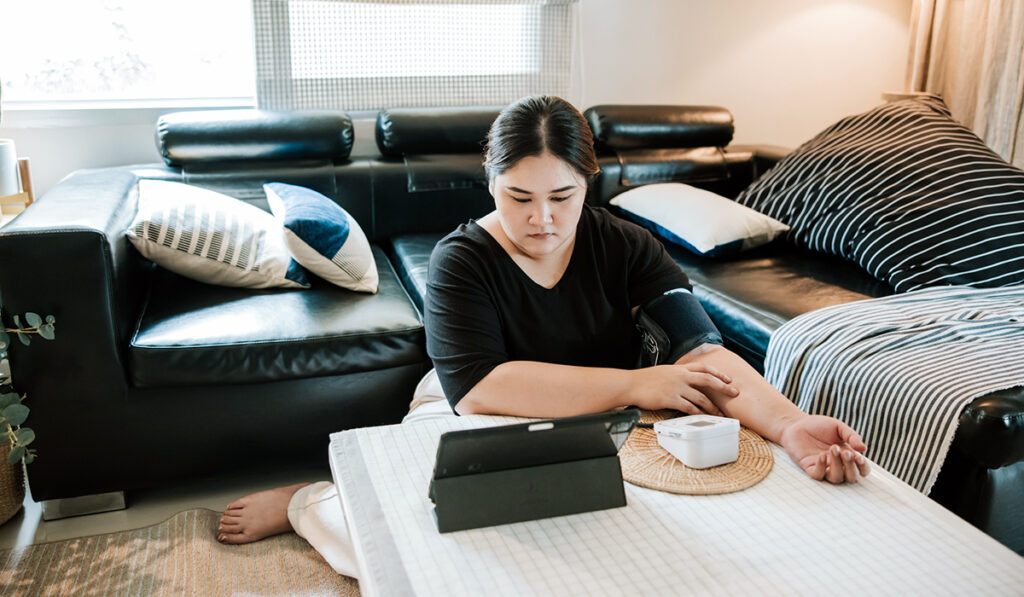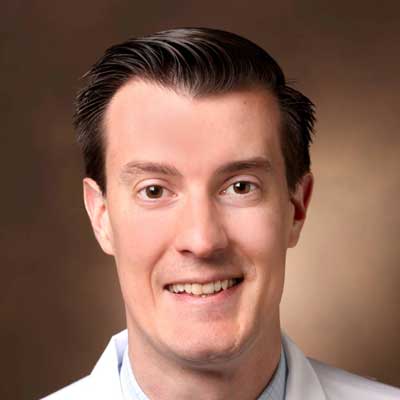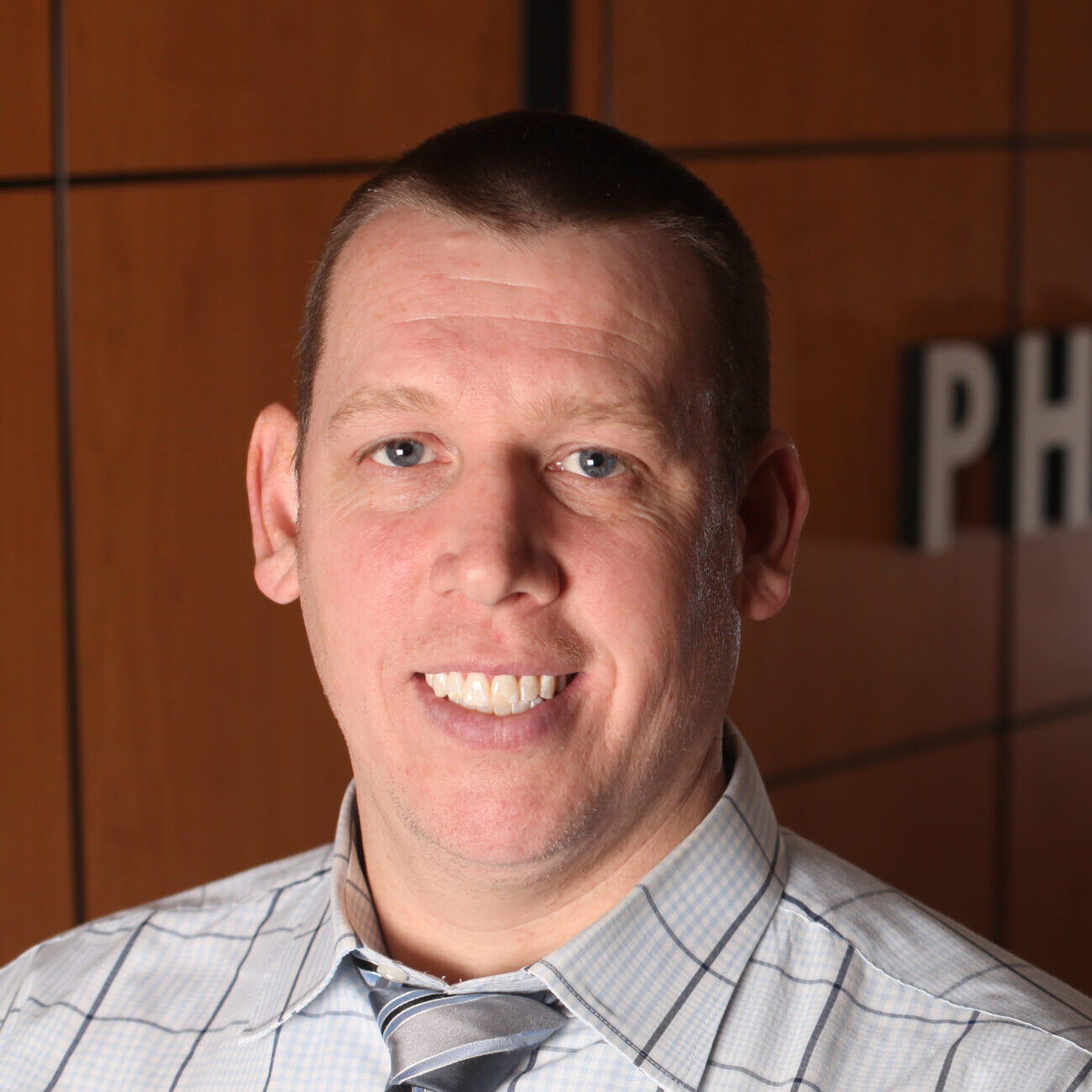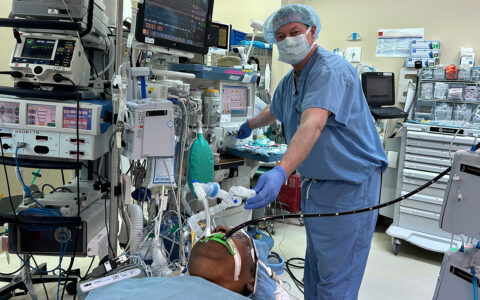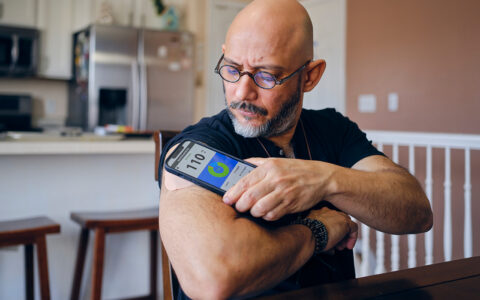Medical centers increasingly grapple with how best to select and monitor patients’ complex medication regimens amid challenges of multiple morbidities and polypharmacy.
This issue can be especially vexing when treating patients with diabetes, according to Chase Hendrickson, M.D., medical director of the Eskind Adult Diabetes Clinic at Vanderbilt University Medical Center. As a result, Hendrickson has joined forces through a collaborative pharmacy practice agreement with Rusty Catlin, Pharm.D., director of outpatient pharmacy (CPPA), to bring more resources to patients with type 2 diabetes.
The Diabetes Clinic program is a novel twist on the growing embedment model and has been a win–win for both the diabetes clinic and the pharmacy, helping to ensure medication adherence and swift course correction of out-of-range blood glucose levels by starting early in the treatment pathway.
“Historically, patients are not managed holistically,” Hendrickson said. “Under the traditional model, the patient comes into clinic, we talk about changes that they need to make, and then they schedule a follow-up appointment. Unless the patient reaches out between visits, often no management is happening. This has been a hole in the care that we provide for a long time, but we just haven’t had a good way to fix it.”
This approach works poorly for individuals with diabetes, where insulin and other medications need to be carefully monitored and frequently adjusted, especially in the first months after diagnosis, he said.
“Now that we have pharmacists embedded in the clinic, we can be much more proactive in providing the care folks need in a way that really meets them where they are.”
Embedment Proving Ground
Clinician/pharmacist partnerships started long ago at Vanderbilt for very complex patients with specialty medications that required careful management.
“We started in pulmonary, putting a pharmacist and a technician in the clinic where they collaborated with physicians and nurses to help better manage patients with COPD and other chronic lung diseases,” Catlin said. “And that model just really took off.”
From there, the initiative extended to the cancer pain and symptom management clinic, where patients are typically on medication longer term for chronic pain.
Today, Vanderbilt pharmacists and technicians also hold embedded positions in endocrinology, psychiatry, cardiology and the weight-loss and lipid clinics, and are moving into gastroenterology, neurology and epilepsy.
“Our hope is that having these multiple touchpoints will lead to better outcomes, better patient care, and fewer patients out of range by the time they come back for their next visit.”
Novel Model at Eskind
Under the agreement, pharmacists and technicians are provided space in the clinic in return for their time in helping patients to access the medications they need.
“Many of these medication therapies are very expensive and not covered by a lot of insurance plans. We work on the providers’ behalf to help get these medications covered,” Catlin said. “Or we can find alternative therapies that might be covered on a patient’s insurance.”
Providing patient education is another huge benefit to clinicians and patients, particularly on injectables and complex therapies.
“A pharmacist can take that off of the hands of the provider and nursing staff so that they can continue seeing more patients. With the current high demand in nursing, this is especially valuable,” Catlin said.
Hand-holding for a Healthier Start
Hendrickson can see benefits, beginning from the patient’s initial diagnosis with diabetes and being prescribed insulin.
“That’s a very, very trying time for a patient, with a new blood glucose monitor, injectable insulin, and instructions to stay in a certain [blood sugar] range,” he said. “Over those first months, they may never call the clinic, and things could be going horribly.
“Now, a pharmacist calls on a weekly or biweekly cadence to provide these patients with education, make sure their therapy is going as planned and make needed adjustments to their insulin regimen. It gives me much more confidence knowing that there’s going to be a reassessment during this interval and somebody’s going to let me know if things aren’t working well.”
The pharmacy also has a team assigned to reach out to patients monthly to remind them to get prescriptions refilled and to arrange home delivery, if needed.
“We alert the provider if things aren’t going as planned or something unusual or unexpected shows up, but, in general, we expect to do this with as little interruption to the clinic workflow as possible,” Catlin said.
“Our hope is that having these multiple touchpoints will lead to better outcomes, better patient care, and fewer patients out of range by the time they come back for their next visit,” Hendrickson added.
Exploring Alternative Payments
Hendrickson says such partnerships are part of a larger effort to move toward population-based care, in which payments for medical services are made when patients remain healthy – in contrast to existing models.
“Even though we are still a fee-for-service model, the country is moving toward a model where payment is made based on keeping patients well,” he said. “We are preparing for that now as opposed to playing catch-up once it actually happens.”
